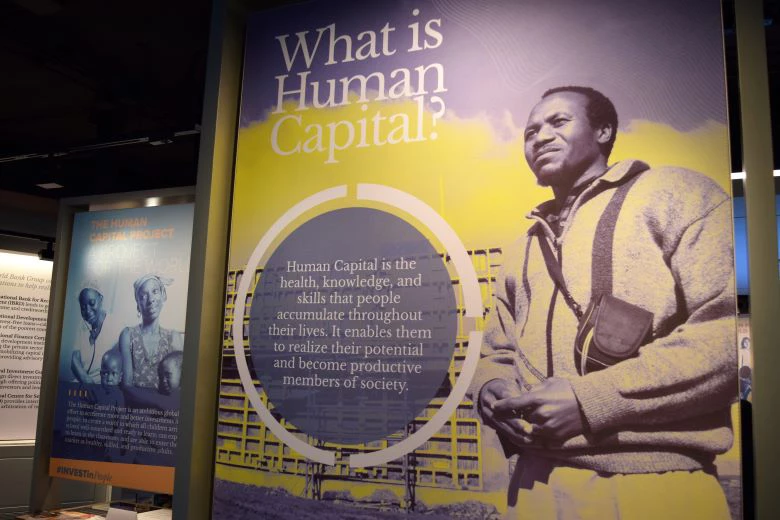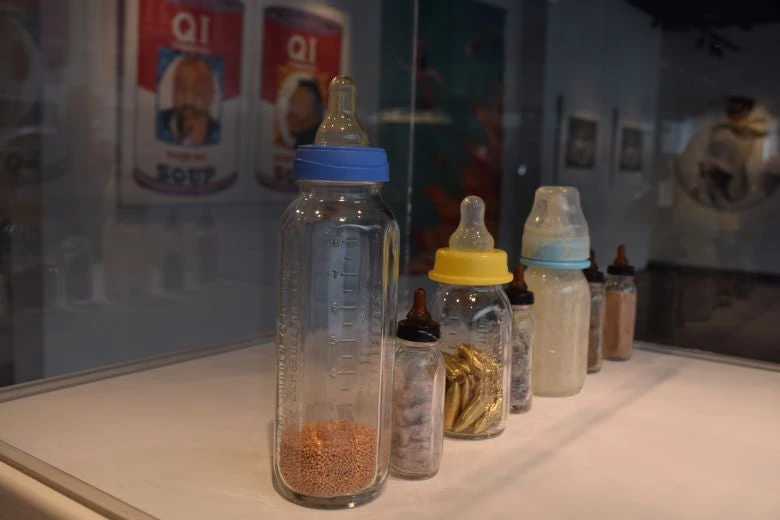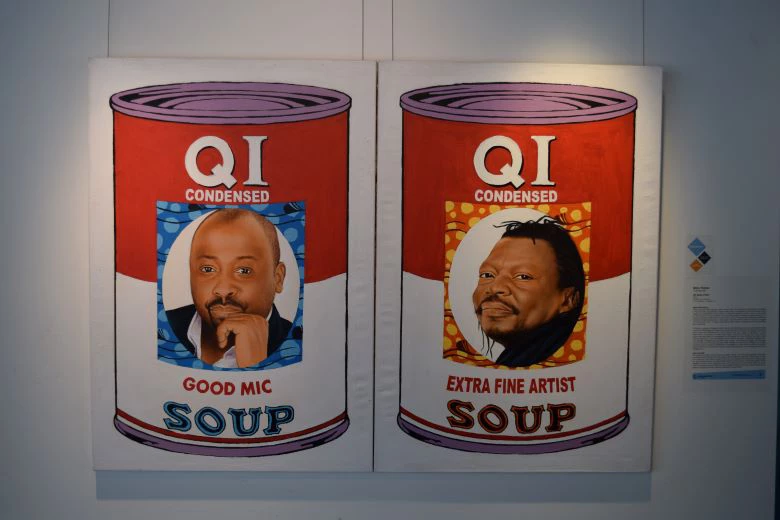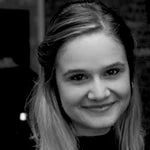
What exactly is Human Capital? The phrase itself is only two words: “Capital” refers to an asset that improves one’s ability to be economically productive while “Human” refers to the individual as the very unit in which the asset comes. Taken together however, the phrase transforms to be about that which an individual human can harness within themselves to realize their full potential, and be the best contributor to society they can be. Human Capital is about the economic power which lays ready for realization inside every human; the ideas and talent imbued in every individual.
What can each individual harness to make the most for, and of themselves? This is the question that the contemporary visual art exhibition on view in the Gallery in the World Bank Group Visitor Center seeks to understand.
The World Bank believes that it is the health, knowledge, and skills which people accumulate through their lives that enable them to harness and realize their full potential as productive members of society. But, how can we ensure that every human being has access to those three things? What happens when someone is unable to access health, knowledge, skills - some, or all three? The artworks on view confront these very questions.
Over fifteen different artists from the World Bank Group’s permanent art collection are showcased in this exhibition. From Cameroon to Guatemala, Syria to Jamaica, Myanmar to South Africa, and Greece to Canada, a wide range of artists discuss what it means to access human potential.
Ines Verdugo from Guatemala explores the challenges of achieving widespread community health in her sculpture Las Flores del Mal. This sculpture is composed of seven glass baby bottles. Immediately, Verdugo gives the viewer a shocking paradox: the bottles are not filled with what should be healthy nutrients, but instead are filled with moths, dust, residue of rotten milk, mold, bullets, eraser dust, and mustard seeds.
Having placed the elements – weapons and pollutants - into feeding bottles, Verdugo alludes to the idea that these are the things which serve as nutrients for the next generation in Guatemala. She asks: is this what will give our children what they need to grow into their full potential? As viewers we answer with a resounding no, these things will not even guarantee life much less self-actualization. A situation in which health is not accessible portends an ominous and dull future. This piece was a part of the World Bank Exhibition The Central Matter which explored the risks and opportunities for Latin American youth.

Another piece, QI Soup Cans by Marc Padue, includes a series of four paintings. The works utilize bright colors, clean lines, and simple compositions recalling a Pop Art style. Specifically, these works mimic a set of paintings of Campbells Soup cans by American artist Andy Warhol.
In Padue’s pieces, images of well-known cultural producers are depicted on the soup cans with reference to their artistic craft (i.e. “Extra Fine Artist”) in place of where one might read the flavor of the soup. Padue adds another layer of complexity to these pieces by then calling the entire soup “QI Condensed”. QI is shorthand for the French phrase “Quotient Intellectual”, or in English Intelligence Quotient (IQ). Using consumerist images with images of cultural icons and provocative titles calling into question intelligence, Padue uses his work to wonder out loud how society is defining true intelligence. He questions if society is looking in the right places to find quality education, and what the role of cultural producers is in being generators of intelligence. Where does knowledge come from in a society, and how can each individual member of a community reap its benefits?

Leveraging Human Capital is a challenge that is as broad as it is deep, yet it stands at the very core of any successful investment for development.
This exhibit is on view and open to the public until late October at the World Bank Group Visitor Center, open Monday-Friday 10am-5.30pm.


Join the Conversation